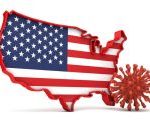
WEDNESDAY, Sept. 23, 2020 (Healthday News) — The U.S. coronavirus death toll reached the tragic milestone of 200,000 on Tuesday, with at least 22 states now reporting a rise in new cases. Just last Monday, only nine states were reporting increases in new COVID-19 cases, CNN reported. For the most part, the case spikes are showing up in the country’s heartland and the Midwest. “We’re entering into the fall and into the winter, and that means there’s going to be more indoor things than outdoor things,” Dr. Anthony Fauci said Tuesday, CNN reported. “Going into that situation, I would like to have seen the baseline of where we are — the daily number of infections — come way, way down, and not be stuck at around 30 to 40,000 per day.” In the next three months, another 150,000 people could lose their lives to COVID-19, according to the University of Washington’s Institute for Health Metrics and Evaluation (IHME), CNN reported. Alarm is growing in states like Kentucky and Wisconsin, which has one of the highest COVID-19 positivity rates in the nation, higher than 16%, CNN reported. Wisconsin’s governor declared a new public health emergency this week following a surge of cases among young people and issued a new order for face coverings. Kentucky also saw a spike in its positivity rate after several counties witnessed… read on >










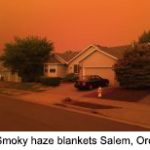

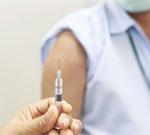
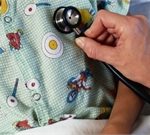
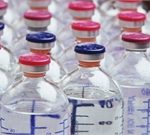
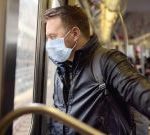
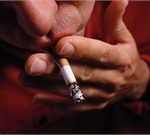
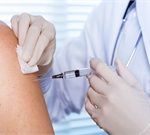








-300x200.jpg)










